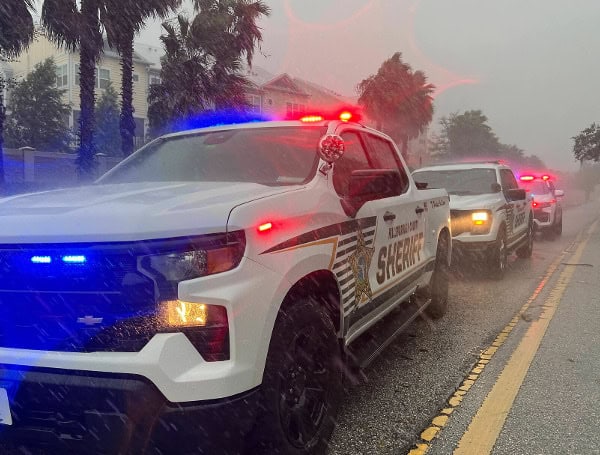Dangerous driving is a major contributor to road accidents and fatalities worldwide, with reckless behaviors like drunk driving, driving without a license, and underage driving representing severe threats to public safety. Understanding these unlawful practices is essential for promoting responsible driving and protecting lives on the road.
This article explores four prominent types of illegal driving behaviors, the risks they pose, and the laws designed to deter them.
1. Driving under the influence
Drunk driving remains one of the most prevalent and dangerous forms of reckless driving. Driving under the influence (DUI) or driving while intoxicated (DWI) involves operating a vehicle with a blood alcohol concentration (BAC) that exceeds the legal limit, which is commonly set at 0.08% in many countries. Alcohol impairs cognitive functions, decreases reaction times, and impacts decision-making abilities, which are all critical when driving.
The effects of alcohol on driving are severe; even small amounts can blur vision, alter judgment, and slow response times. Drunk driving not only endangers the intoxicated driver but also poses significant risks to passengers, other drivers, and pedestrians.
Many countries have strict laws against DUI, including heavy fines, license suspension, and even jail time, depending on the severity of the offense or if the driver is a repeat offender. Law enforcement agencies often conduct random sobriety checks and roadblocks to curb this dangerous practice and protect everyone on the road.
2. Driving without a license
Driving without a valid license is another common illegal driving behavior that endangers road users. A driver’s license certifies that an individual has undergone necessary training, understands traffic laws, and possesses the skills to operate a vehicle safely. Those who drive without a license may lack these qualifications, putting themselves and others at risk. Also, driving on an expired license is considered illegal and carries specific fines and penalties in several jurisdictions.
3. Underage driving
Underage driving is illegal in most countries and represents a significant risk to public safety. Licensed driving typically requires an individual to reach a minimum age, which varies between countries but usually falls between 16 and 18 years. The rationale behind this restriction is that younger individuals may lack the maturity and judgment required to handle the responsibilities of driving.
Law enforcement agencies and schools also engage in educational campaigns to emphasize the dangers and legal consequences of underage driving. These initiatives highlight that the legal driving age is not arbitrary but rather a safety measure intended to protect young people and everyone sharing the road with them.
4. Distracted driving
Distracted driving has become one of the leading causes of road accidents in recent years. Although not inherently illegal in the same way as DUI or unlicensed driving, distracted driving behaviors like texting, using a phone, or eating while driving are regulated in many countries. These distractions take the driver’s attention away from the road, compromising their ability to react to changing traffic conditions.
Texting while driving, in particular, has been shown to significantly impair a driver’s reaction time, often comparable to the impairment caused by drunk driving. In response, many countries have implemented strict laws prohibiting texting and handheld phone use while driving. Penalties for distracted driving can include fines, points on the driver’s license, and, in severe cases, license suspension. Visit the NHTSA’s page on Road Safety.
Promoting road safety
Each form of dangerous driving represents a risk to public safety and is illegal for good reason. Understanding the consequences of these actions, as well as the legal implications, is essential for encouraging responsible behavior on the road.
Laws and enforcement measures are in place to reduce these dangerous behaviors, but ultimately, individual responsibility plays a crucial role. By promoting awareness and adhering to traffic laws, drivers can help create safer roads and prevent the needless tragedies that result from illegal driving behaviors. For more insights into traffic-related legal concerns and public safety, readers can explore additional resources available online. or just refer to the World Health Organization’s Road Safety Facts.
Please make a small donation to the Tampa Free Press to help sustain independent journalism. Your contribution enables us to continue delivering high-quality, local, and national news coverage.
Android Users: Download our free app to stay up-to-date on the latest news.
Connect with us: Follow the Tampa Free Press on Facebook and Twitter for breaking news and updates.
Sign up: Subscribe to our free newsletter for a curated selection of top stories delivered straight to your inbox.

